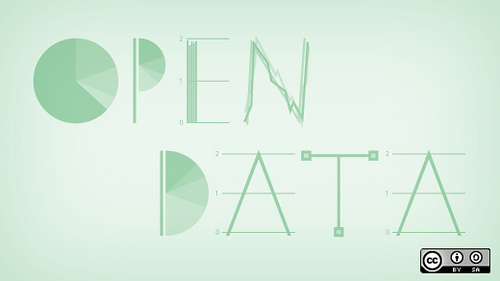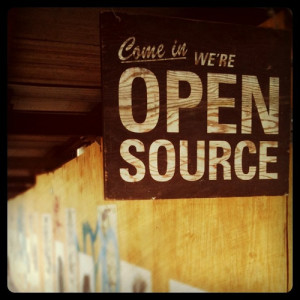The third quarter of my Panton Fellowship in the rear view mirror
Peter Kraker - July 3, 2014 in Featured, Panton Fellowships
Three quarters down in my Panton Fellowship, it is time again to review my activities.
The open source visualization Head Start, which gives scholars an overview of a research field, remained one of my focal points. In April, I released version 2.5 which includes a brand new server component that lets you manipulate the visualization after it has loaded. The new version also contains the timeline visualization created by Philipp Weißensteiner, along with a consolidated code base and many bug fixes. Furthermore, I worked on the integration of Head Start with Conference Navigator 3, a nifty scheduling system that allows you to create a personal conference schedule by bookmarking talks from the program. Head Start will be used as an alternate way of looking at the topics of the conference, and to give better context to the talks that you already selected and the talks that are recommended for you. Finally, in the wake of Peter Murray-Rust’s visit to Vienna in June (more on that later), I teamed up with Chris Kittel and Fabian Dablander to take first steps towards automatic visualizations of PLOS papers. The accompanying branch can be found here.
I also continued to promote open and transparent altmetrics. In the blog post entitled “All metrics are wrong, but some are useful”, I argued that no single number can determine the worth of an article, a publication, or a researcher. Instead, we have to find those numbers that give us a good picture of the many facets of a paper and put them into context. In my comment to the otherwise excellent NISO whitepaper on altmetrics standards, I maintained that openness and transparency should be strongly considered for altmetrics standards. This is the only way to uncover biases inherent in all metrics. It would also make it easier to uncover attempts of gaming the system.
A highlight of the last quarter was Peter Murray-Rust’s and Michelle Brook’s visit to Vienna. The three-day visit, made possible by the Austrian Science Fund (FWF), kicked off with a lecture by Peter and Michelle at the FWF. A video of the great talk entitled Open Notebook Science can be found here. On the next day, the two lead a well-attended workshop on content mining workshop at the Institute of Science and Technology Austria.The visit ended with a hackday organized by openscienceASAP, and an OKFN-AT meetup on content mining, with presentations by PMR, Andreas Langegger (Zoomsquare), Roman Kern (Know-Center) and Marion Breitschopf (meineabgeordneten.at). It was a very enlighting yet intense week, as you can also read in PMR’s account of the activities.
Last but not least, I attended a meeting of the Open Access Network Austria working group on outreach. There, I will lead an effort to come up with a concept for enhanced visibility of open access efforts. Finally, I also contributed to the open science sum-ups of activites in Austria, Germany and beyond. Here you can find the monthly summaries for March, April and May [in German].
Sadly, the next quarter will also be the last of my Panton Fellowship, but a first highlight is already lurking around the corner: the Open Knowledge Festival will kick off in Berlin on July 15. See you all there!


